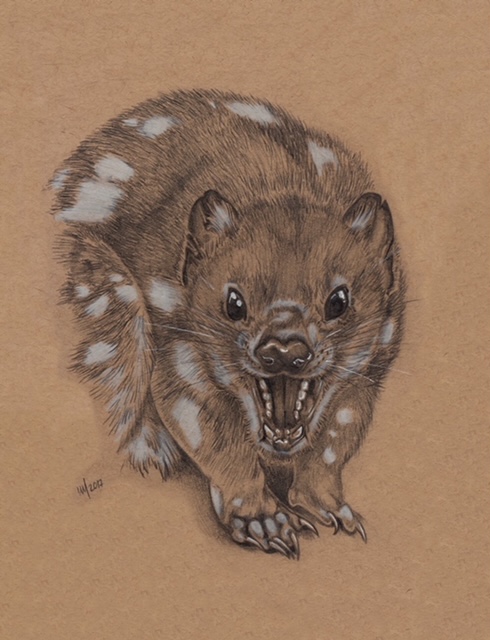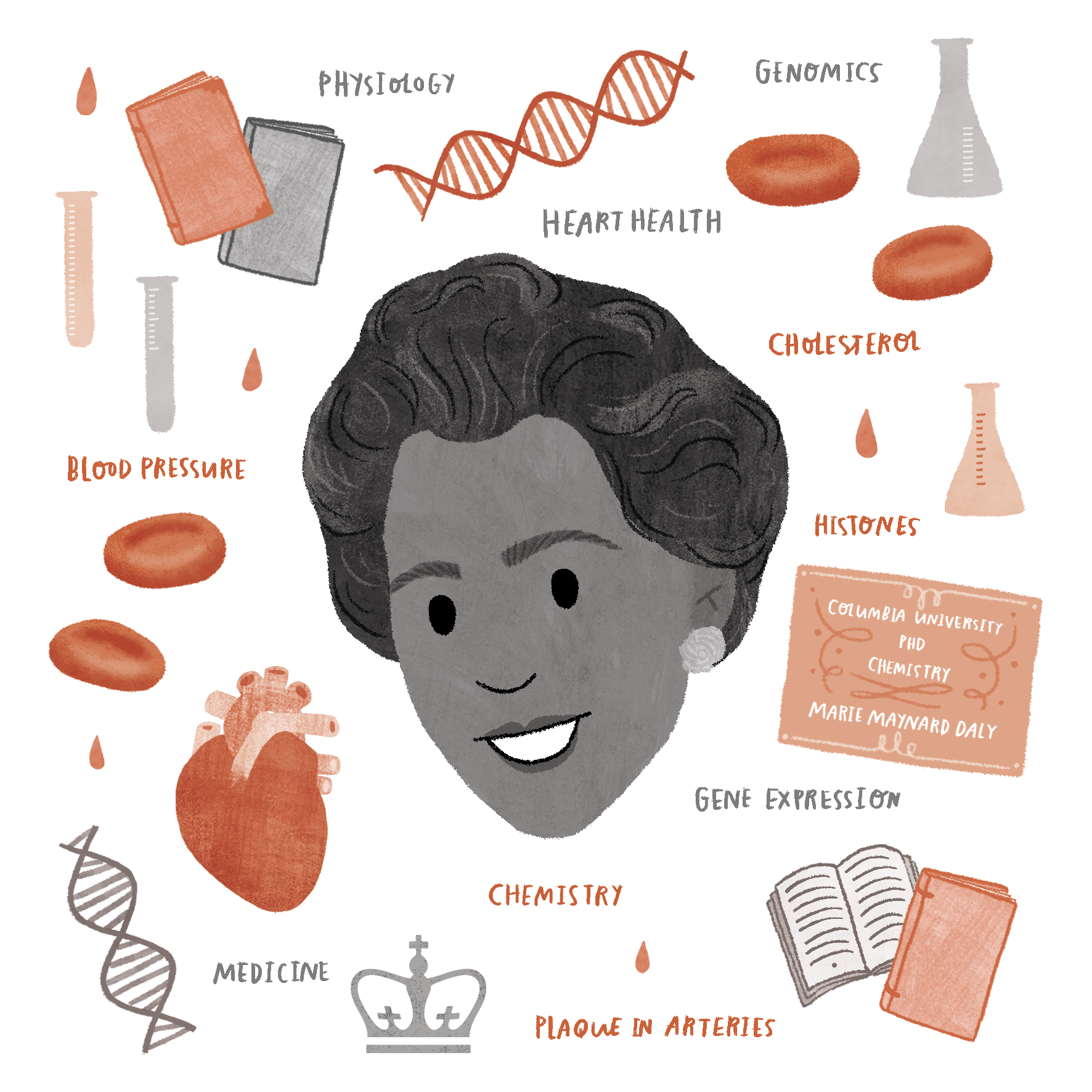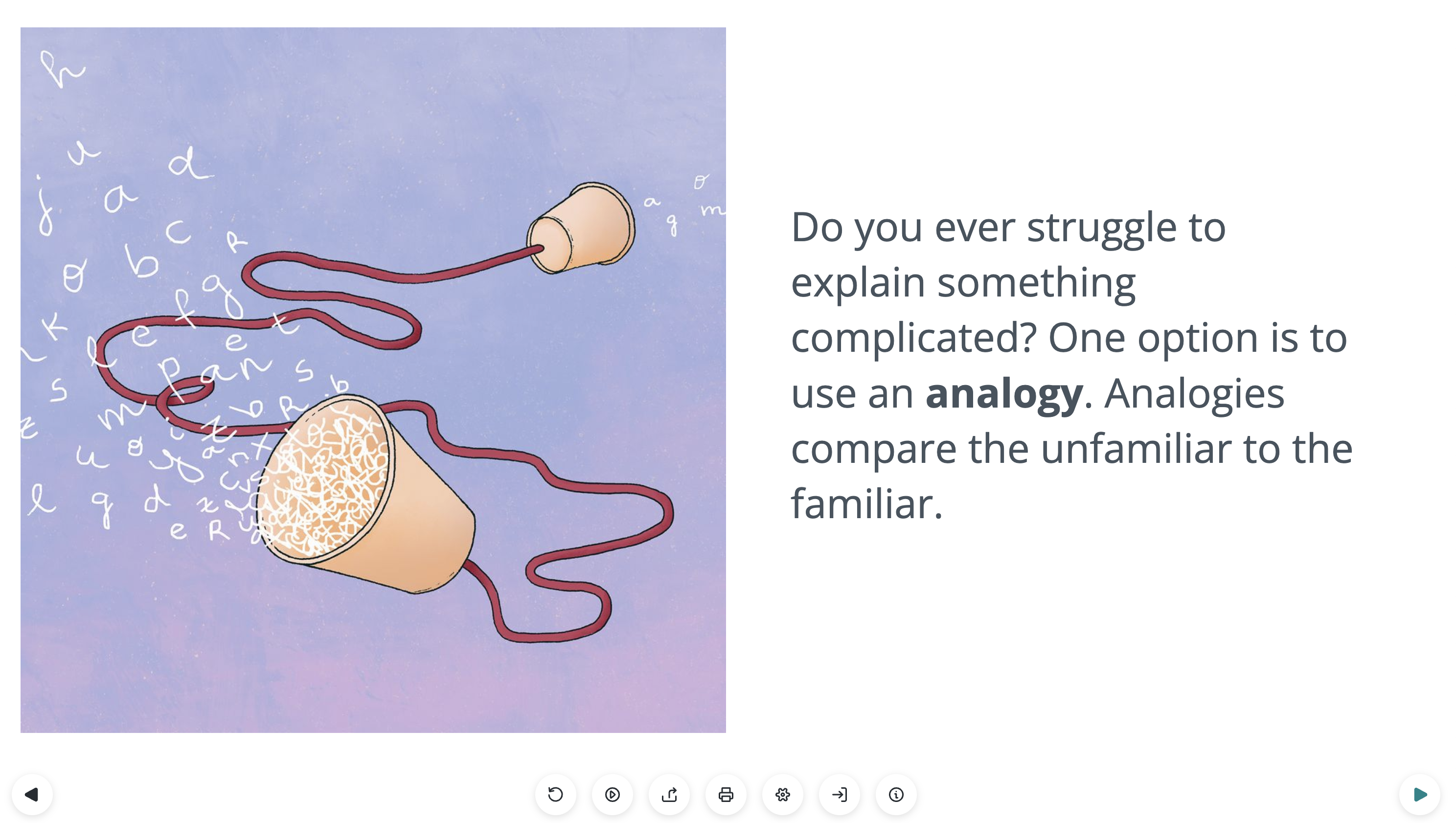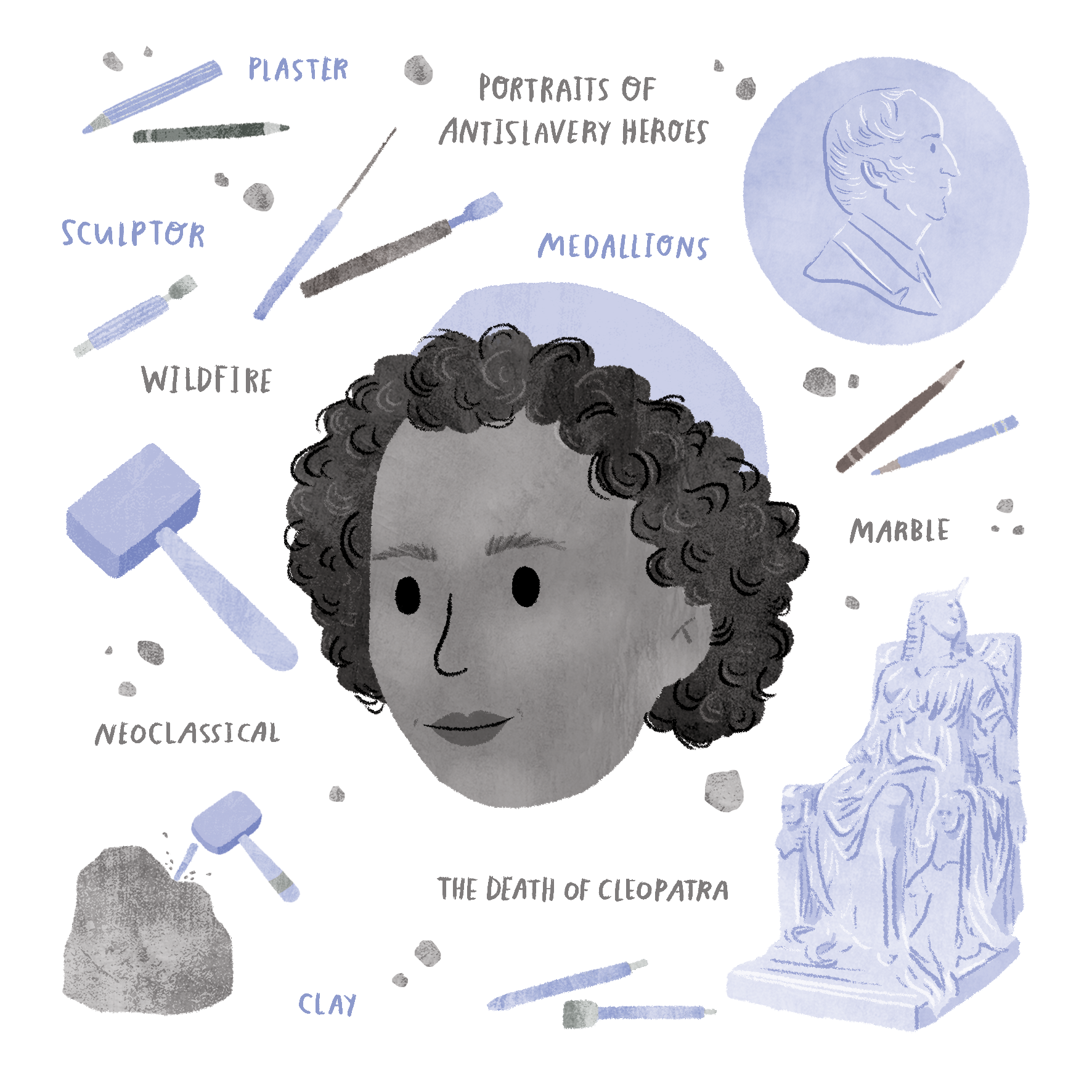My favorite blog posts here at Lifeology are ones where we feature partnerships between scientists and artists and the wonderful outcomes of these partnerships! It is no secret that here at Lifeology, we think true science communication magic happens when scientists and professional creatives, like storytellers and artists – collaborate.
In this blog post, we are featuring the scientist-artist collaboration behind March Mammal Madness! Answers are provided by Charon Henning, a visual science communicator who helps run March Mammal Madness. (Catch their upcoming tournament! More info here.)
March Mammal Madness is an alternate March Madness tournament focusing on simulated combat between… mammals! Professor Katie Hinde created March Mammal Madness, using a 64 animal bracket, with the goal of using biological research to create (simulated) battles. (It’s a good example of a science game too, the theme of our SciComm Challenge for this month!)
“Ever idly wondered if a capybara could somehow take down an elephant in a beachfront brawl? That’s the kind of thinking behind March Mammal Madness (MMM).” – Scientific American
Q: Tell us more about your collaboration / project? What does it look like?
A: The tournament play-by-play by the scientists takes place entirely on Twitter, because the relatively linear platform can handle the fast-paced nature of the narrations and the artwork clicks into this seamlessly. Katie and her team select the divisions and species based on the availability of solid research work that can be cited in-tournament. The illustration team is given that list once it is finalized and we assign and create our work from that.
Once the win-loss determination process begins, we are also given that information in order to have fresh artwork prepared featuring the winners as they advance in the tournament. To accomplish this we necessarily work a minimum of one round ahead of what the public sees on a given tournament day. We do our best to have everything prepared well ahead of time while still leaving room for alterations or additions of details that may emerge for combatants during the course of the tournament.
As an example, a warthog lost a tusk in combat before the finals a couple years back and the already-created warthog artwork was augmented to reflect that. Artworks that reflect folkloric and cultural connections of combatants have also been created over multiple years. After the second year of integrating artwork, it was apparent that all participating artists had favorite species and subject matter and this has helped guide species selection for subsequent tournaments. At this point in our journey together I know immediately which artist will be illustrating at least half the bracket before the rest of the art team even sees it because the selections made reflect those preferences.

Warthog vs Mongoose!
Q: Tell us more about yourselves? Who are the scientists on this project? Who are the artists? (Or does everyone do some science and some art? That’s cool too!)
A: The point person and creative force behind March Mammal Madness is Prof. Katie Hinde. She, along with colleagues Kristi Lewton, Joshua Drew and Christopher Anderson, developed the foundations of the tournament. Since then many other researchers, scientists and field experts have actively participated and helped to build it over the course of the past 8 years into the large-scale STEAM outreach event it is today.
The current art / illustration team is comprised of myself, Mary Casillas, Olivia Pellicer and Valeria Pellicer. We also have a team of talented video creators in the online persona of MC Marmot, and for the past four years they have provided amazing commentary on the tournament action. Over the years the illustration team has had a number of participants, but the team of four plus two mentioned above has become a solid and dedicated team with a common purpose and love of MMM.
Q: How and where did you meet?
A: I literally met Katie through a direct message via Twitter following year 2 of the tournament. I had discovered it just after round 1 that year had finished and loved the concept and virtual interaction enough to print and distribute brackets for myself and my work colleagues to fill out! I was working full-time as a tattooer at that point, with a growing interest in, and hopes of moving into, scientific illustration.
Since many tattooers are also accomplished fine artists, a keen interest in natural history and biology is not at all unusual. There was considerable discussion about which species would progress and why. Debate was sometimes quite intense and internet searches to bolster opinions on the matter were the norm. After our work shifts were over, we would adjourn to the restaurant and bar next door to our studio, order drinks and appetizers and settle in to monitor the results. Typically I would have Twitter open on my phone and would share the play-by-play as it happened, adding our own contributions to the fan chatter as I did.
By the time the tournament finished up that year, everyone tending bar and even the head chef were aware of it and had become accustomed to inquiring after specific species they recalled from our animated conversations throughout the evenings. The idea to draw each of the combatants as the tournament progressed occurred to me during the finals and after finding out that more than three colleagues were interested in the idea as well, I began thinking about how that might work. And that’s what I initially reached out to Katie about.

Q: How did your collaboration start? What were some of the first steps you took toward collaboration?
A: I came on board in year 3 after finding and participating in the tournament as a spectator. At the time I was working full-time as a tattooer and actively building a portfolio focused on scientific illustration. I approached Katie with the idea of illustrating the contestants throughout the tournament and with her enthusiastic okay*, I organized several of my tattoo shop colleagues into an illustration team.
Working with Katie to learn the format and progression of the tournament, I planned the artwork to represent the two combatants involved in each bout and a separate artwork depicting the winner. The winner’s artwork would move forward with the next round of narrations and the process would repeat. Katie has always had final say over the artwork used, and we learned early on that scientific accuracy is an absolutely critical component of the collaboration. On rare occasions, artists would illustrate the incorrect species, incorporate inaccurate details or behaviors, or simply create work that didn’t fit with the educational nature of the tournament or the level of details and accuracy we wanted and needed from them.
*If I recall correctly she said something to the effect of “OMG THAT WOULD BE AMAZING!!!!”.
Q: What was the goal and who was the target audience of your collaboration at the beginning of your project? Did the goal or target audience change over time as you started to work together?
A: One of my initial goals was to showcase the fact that some of the best studio artists and illustrators on the planet can be found working in tattoo shops. March Mammal Madness (MMM) was a chance to get some recognition of that, but it quickly became apparent that the potential and opportunities that I saw in the tournament weren’t recognized in the same manner by other artists I had hoped to have involved. It took a couple of years of working with different art team members to realize that wanting to showcase talented artists was not actually my main motivator for involvement with MMM. My focus had shifted to the students and educators participating in the tournament and reaching those who communicated more effectively through visual means. Katie recognized the importance of the art in this fashion even earlier than I did.
Q: Is this a paid collaboration? Where / how did you get the funding for this collaboration?
A: March Mammal Madness is entirely volunteer-created and facilitated. It’s a collective of artists, scientists, librarians, conservationists, and other creatives. Over the years all sorts of folks have shown up with their ideas at the right time and place, and, especially with regard the artists, when they were needed most. No one is ever asked or solicited to work for free or for exposure. It really is a genuine calling and both Katie and I have been constantly surprised and pleased with those who show up wanting to put in the time to make MMM what it is. A few years back the art team, as a collective, started a Society6 shop (https://society6.com/
Q: What have you learned from each other during this collaboration?
A: The most important thing I have learned working with Katie over the years is how to listen and accurately hear what someone is saying. The language used in academia and in the freelance art world are radically different, and working with Katie has made it possible for me to ask much more useful questions when working with scientists and researchers, and to generate the best possible visual component for a given project.
Q: What are some aspects or outcomes of collaborating together as a scientist-artist team that surprised you?
A: The commonalities in the arts and the sciences are much more consistent and run much deeper than one might think. Both are forms of storytelling and both are ever growing and evolving.
There was NO aspect of my university education in the arts that helped me understand the importance of my role as artist in the way that MMM has. They were always abstract concepts in a classroom setting. But there is nothing abstract about a student seeing the work we do for MMM, creating their own version of that work and reaching out to say that they hope to create for MMM themselves someday. That is direct and tangible, and you will see me repost every student artwork that arrives during the tournament with “this is why.”
Q: What tips/advice do you have for other artists and scientists starting a collaboration to communicate science together?
A: The lessons I have learned working on MMM have been invaluable in my work as a scientific illustrator and visual science communicator working with museums and the National Park Service on various research and public outreach projects. The large scope of the illustration work, as well as its consistency, has been instrumental for me in knowing what makes an illustration clear and engaging.
The best advice I have would be the following: Listen to one another. Repeat what you think you heard said and ask for clarification and confirmation as needed. Listen some more. Share your work every step of the process. Never take requests for more information or changes to be made personally. Always keep the end user in mind.
Participate in March Mammal Madness 2021! Learn more about it here.





